Four years ago, Square Enix and Acquire gave new life to the most classic JRPG with Octopath Traveler. Beyond its interesting playable novelties and the choral plot, much of the interest was in the homage to the retro graphics of the SNES era by mixing 2D sprites with a 3D world and modern visual effects. That same premise is collected this March 4 by Triangle Strategy. The Square Enix production under the baton of Tomoya Asano ( Bravely Default ) developed by Artdink follows that HD-2D strategy with the SRPG, and with better results…
As long as one knows what is coming and feels attracted by the proposal. In the balance of Triangle Strategy, conversations and decision-making have as much or more weight as combat, and we will spend a good part of the game reading, to the point that it would not be crazy to classify it in the genre of visual novels. We do not say it as a problem, but rather as a warning, because this history of geopolitics, noble houses and betrayals with multiple ramifications resulting from our ideals have excited and trapped us.
The future of Norselia is in your hands
30 years ago, the continent of Norselia was plunged into the Great Ferrosaline War. The three great nations fought for the necessary and scarce resources of the world: salt, capitalized by the Holy See Dunalgid; iron, dominated by the Archduchy of Frostforge; and the essential transit routes for trade, dominated by the Kingdom of Glaucoburg. Time has passed, and peace in the region is hanging by a thread. Although the three countries seem to have put aside their material and ideological differences to collaborate, history is about to repeat itself.
We do not take the role of a leader, and we do not directly represent one of those sides, a necessary decision so that the game can put us in the conflicts it proposes. We embody Serenoa Wolffort, one of the three vassal houses of the Kingdom of Glaucoburg, who has been related by arranged marriage to Frederica, princess of Frostforge, in a political movement representative of that supposed peace. However, something happens at the New Norselia Mines, run by the three nations, that blows everything up.
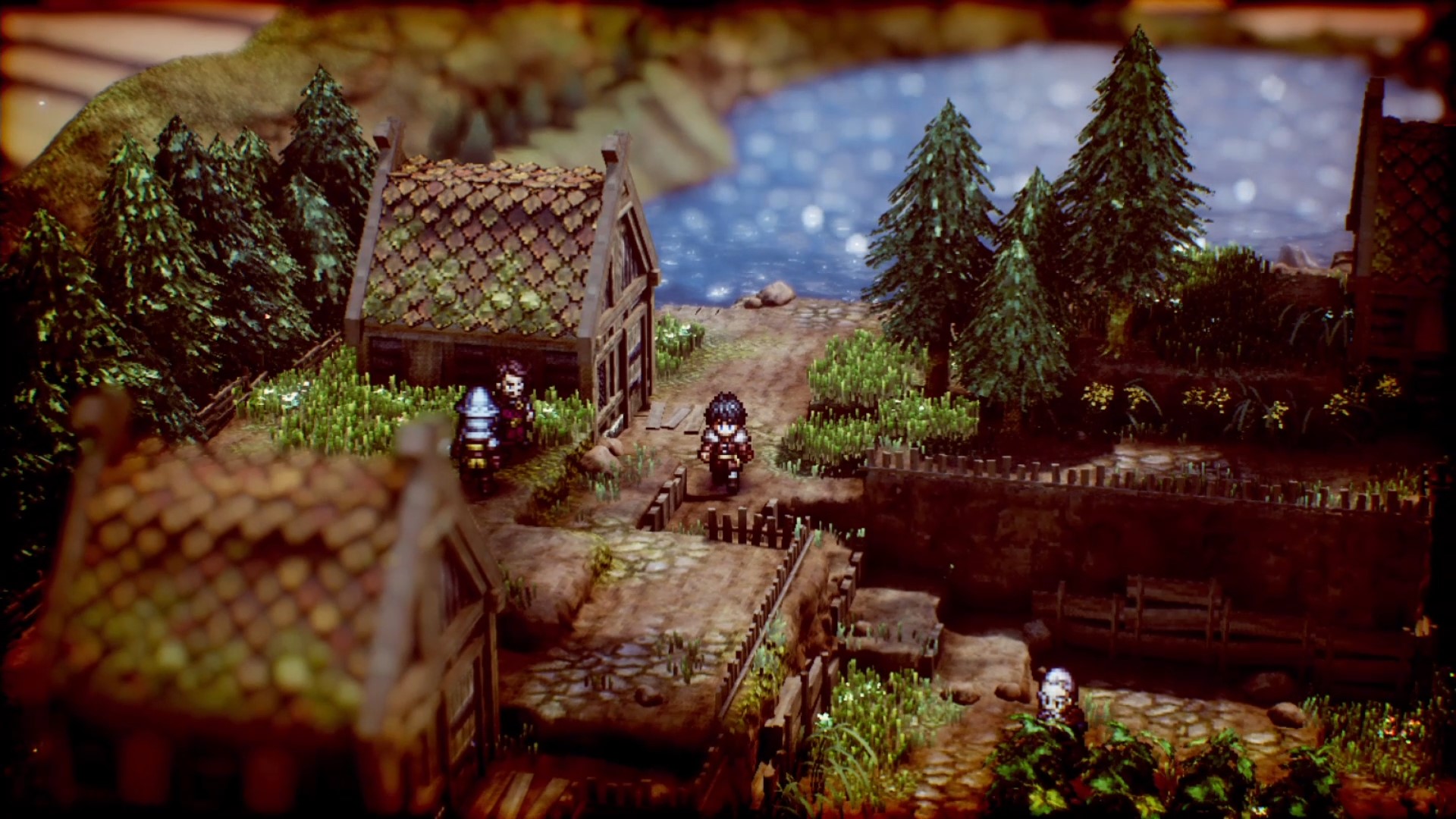 Forgive us for the badge; it was necessary to contextualize the tone, the conflicts and the topics covered in a plot of the struggle for power, ambitions, discrimination, loyalty, friendship, religion, ideals, corruption, diplomacy. And of geopolitical movements that slowly build their tensions in the first bars (something necessary to introduce us to their world, and above all, to their enormous cast of well-drawn characters although sometimes a bit clichéd), but that completely catches us when the tokens begin to move around the board (literally, since the story is told to us in dialogues, but also with an omniscient narrator while tokens are moved on the map of the region).
Forgive us for the badge; it was necessary to contextualize the tone, the conflicts and the topics covered in a plot of the struggle for power, ambitions, discrimination, loyalty, friendship, religion, ideals, corruption, diplomacy. And of geopolitical movements that slowly build their tensions in the first bars (something necessary to introduce us to their world, and above all, to their enormous cast of well-drawn characters although sometimes a bit clichéd), but that completely catches us when the tokens begin to move around the board (literally, since the story is told to us in dialogues, but also with an omniscient narrator while tokens are moved on the map of the region).
The plot hooks not only because of how little by little we get to know how its interesting world works because we discover the aces up the sleeve that the nations and the characters keep, and because of the sometimes unpredictable plot twists and sometimes more clear than they happen continuously, but also and above all because of the influence of our decisions on them. Triangle Strategy‘s story has quite a few ramifications from the beginning that affect the multiple endings and the events throughout the adventure, which is achieved through various systems.
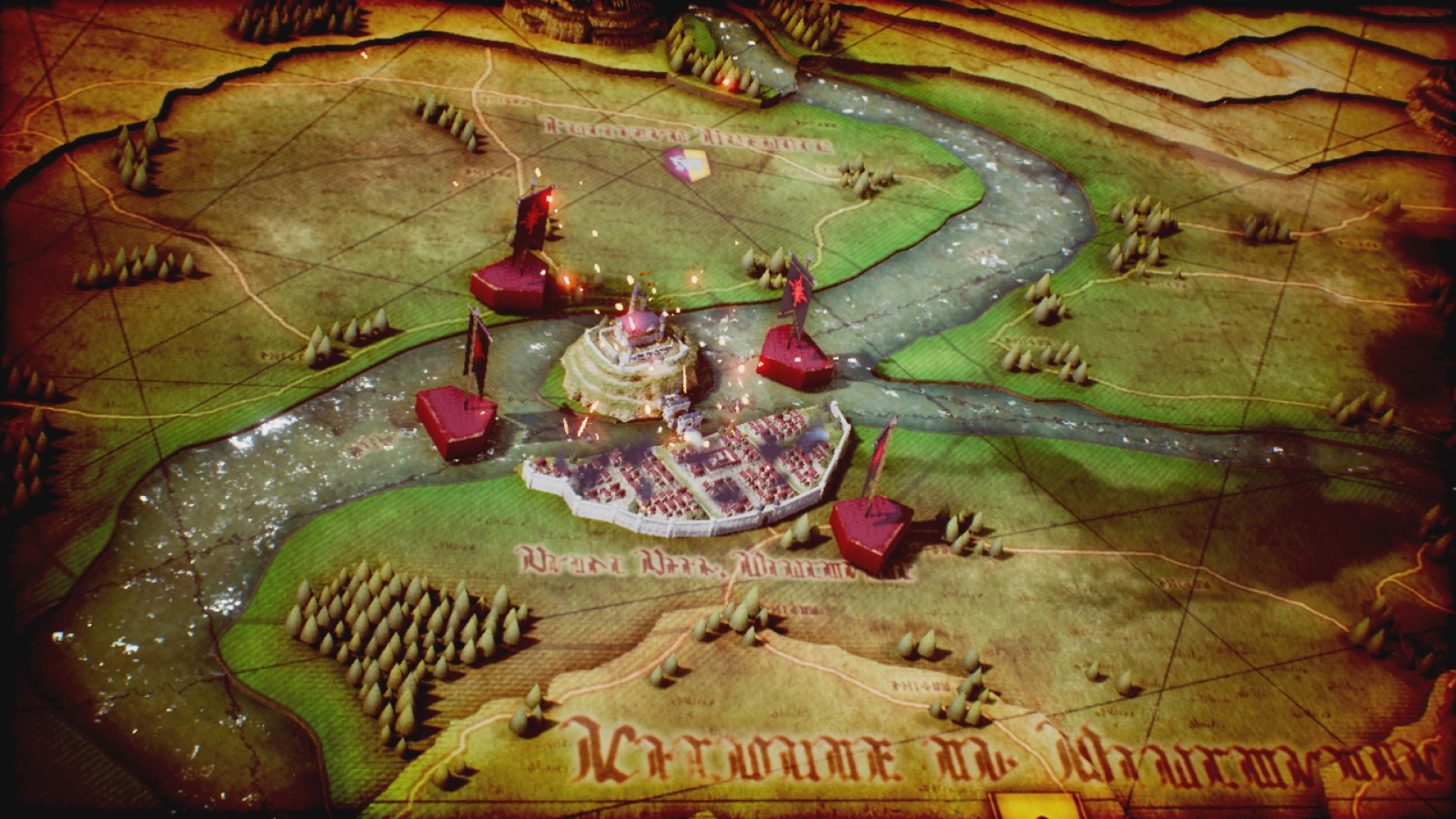 The triangle of ideals
The triangle of ideals
The clearest is on the scales of conviction. During the course of the game, there are several points in which decisions will have to be made about how to deal with a situation: travelling to one territory or another, choosing allies among various factions, using a resource for different purposes… In most cases, they are not decisions easy for several reasons: they present us with ethical dilemmas that test our convictions. We soon learn that the consequences are more unexpected than we can predict. The game teaches us to think like a strategist.
These are decisions that go beyond the personal and reach the geopolitical, influencing not only what fellow travellers think of us, but also the future of the population of the Wolffort territory and the various nations and peoples of Norselia. . And because of the importance of these decisions, that balance of conviction seems even more fantastic to us: in addition to our intention, that of our six main allies is taken into account. You have to talk to them to try to convince them that they vote what we want, but we don’t always get it: our game developed in ways that we didn’t want because this or that character chose to do the opposite of our wishes (in case there is a tie we decide).
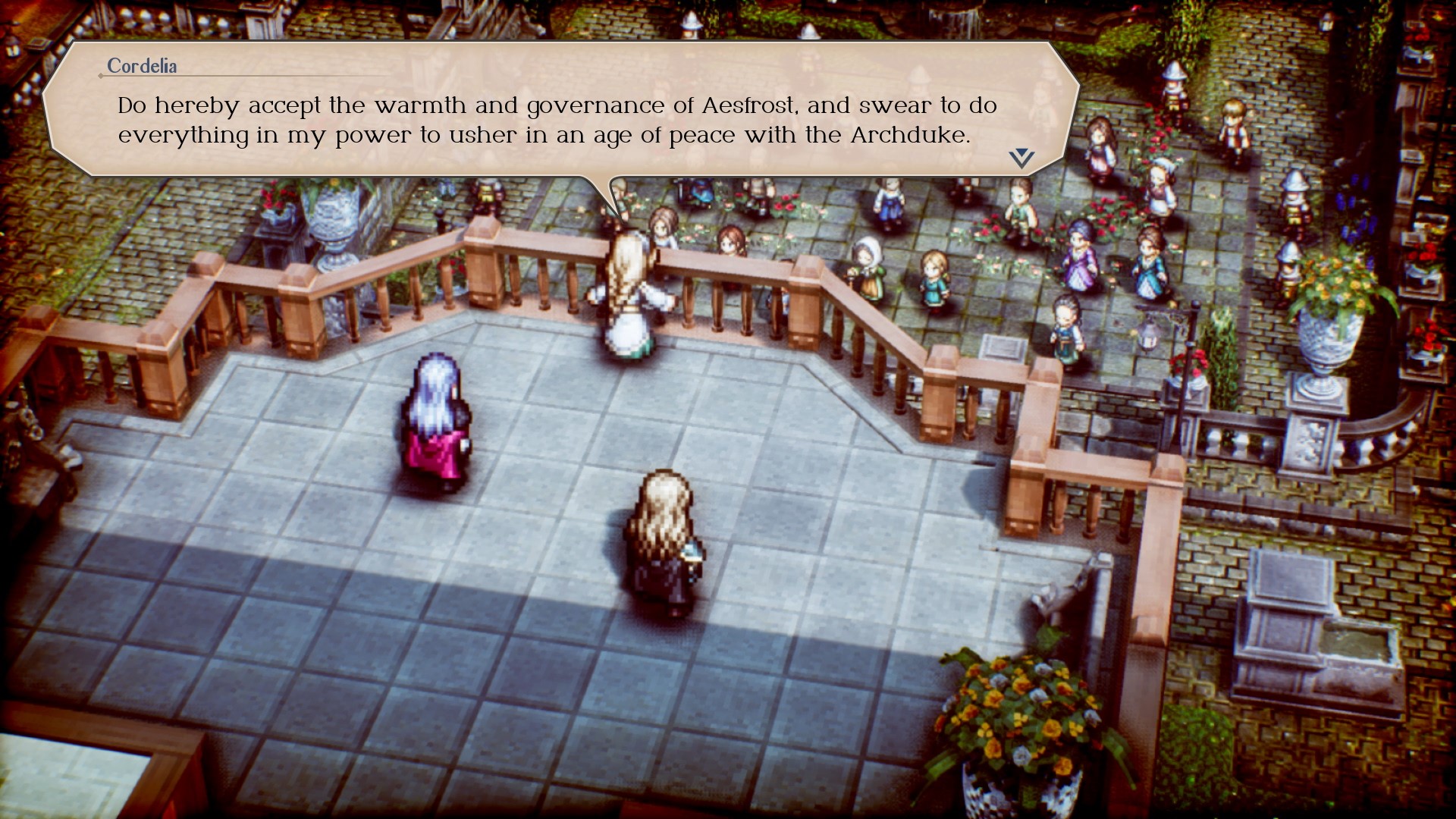 The system of convictions or ideals complements this interesting mechanic that sometimes puts us on the ropes. There are sections in which we can explore small scenarios, sometimes to study the terrain for the future battle, sometimes to gather information for a vote in the balance. In these environments, hidden items will come in handy in combat, books and notes to collect, and characters to chat with who sometimes give us key data that unlocks plots for the balance phase, and other times they ask us for advice or advice help us. They face dilemmas. The answer we choose shapes our protagonist, Serenoa, between three convictions: morality, pragmatism and liberty.
The system of convictions or ideals complements this interesting mechanic that sometimes puts us on the ropes. There are sections in which we can explore small scenarios, sometimes to study the terrain for the future battle, sometimes to gather information for a vote in the balance. In these environments, hidden items will come in handy in combat, books and notes to collect, and characters to chat with who sometimes give us key data that unlocks plots for the balance phase, and other times they ask us for advice or advice help us. They face dilemmas. The answer we choose shapes our protagonist, Serenoa, between three convictions: morality, pragmatism and liberty.
The belief system influences the ramifications of the story as it affects our relationship with other characters and the possibility that other characters will join our ranks. The game hides how many points we have in each of these ideals and which option in the conversation is governed by one conviction or another. Still, there are also a lot of decisions and actions in the game that also marks our ideals: we are what we say and what we do.
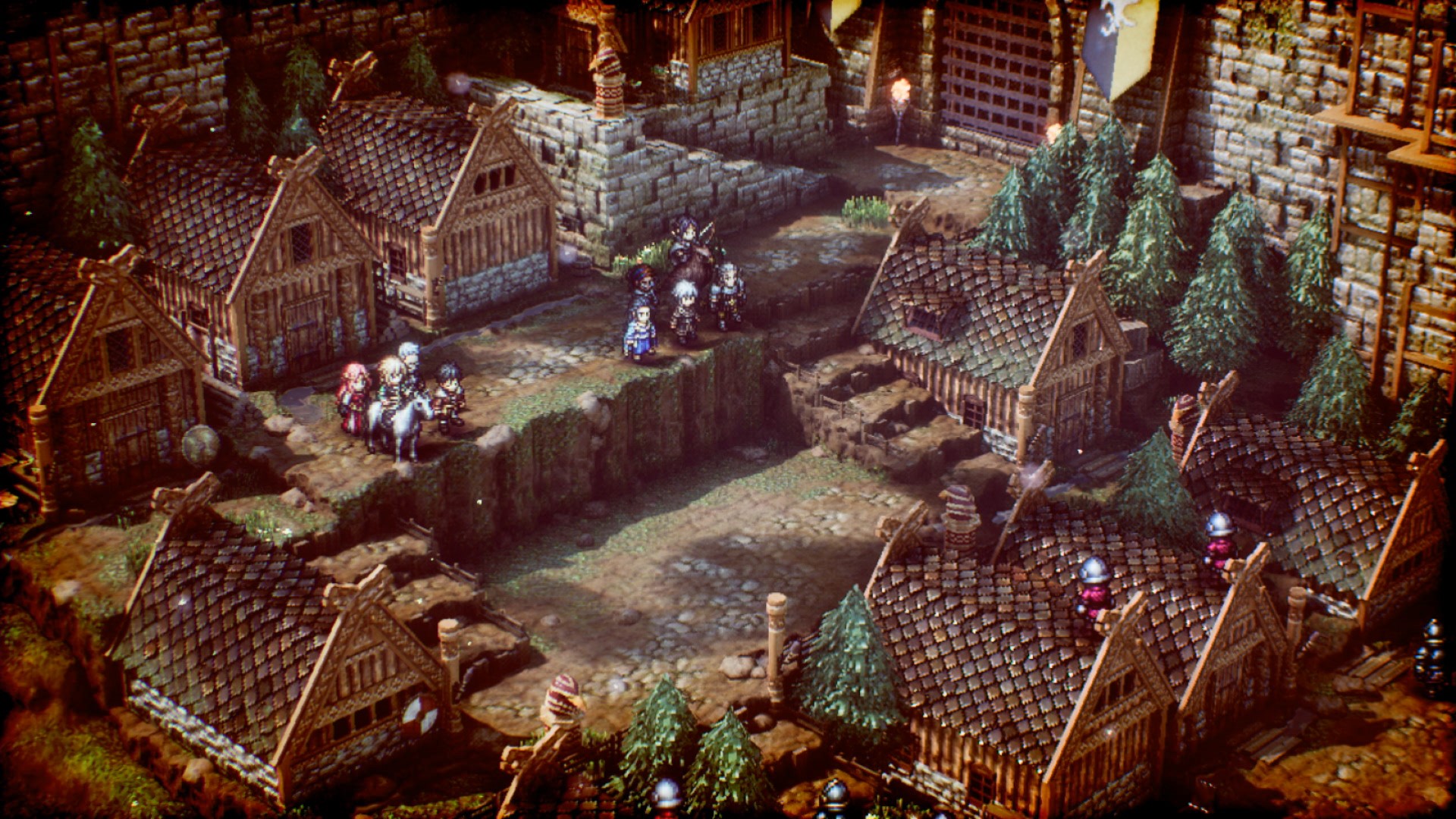 Beyond the praise these mechanics deserve for their complexity, what they achieve goes beyond replayability and the always fun moment of discussing with friends how their story has been compared to ours. What is laudable is how unexpected outcomes, sometimes worthy of a soap opera, are perceived as inevitable as soon as you think about it: you, because of your way of being, because of your way of thinking, because of your inability to see what seemed hidden but was really right under your nose, you are ultimately responsible for a conclusion that, in most cases, will be hopeless. How could it be otherwise in war?
Beyond the praise these mechanics deserve for their complexity, what they achieve goes beyond replayability and the always fun moment of discussing with friends how their story has been compared to ours. What is laudable is how unexpected outcomes, sometimes worthy of a soap opera, are perceived as inevitable as soon as you think about it: you, because of your way of being, because of your way of thinking, because of your inability to see what seemed hidden but was really right under your nose, you are ultimately responsible for a conclusion that, in most cases, will be hopeless. How could it be otherwise in war?
Of course, not everything in the history of Triangle Strategy is worthy of applause. From the slow rhythm that we mentioned at the beginning to the clichéd characters and some script twists that are taken from the manga, we must add the dialogues: the script (that is, the sequence of events) is good, but the conversations are full of redundancies, of explaining the same thing or the obvious over and over again. Unfortunately, it is something that we are used to in video games, but that does not mean that we should stop criticizing.
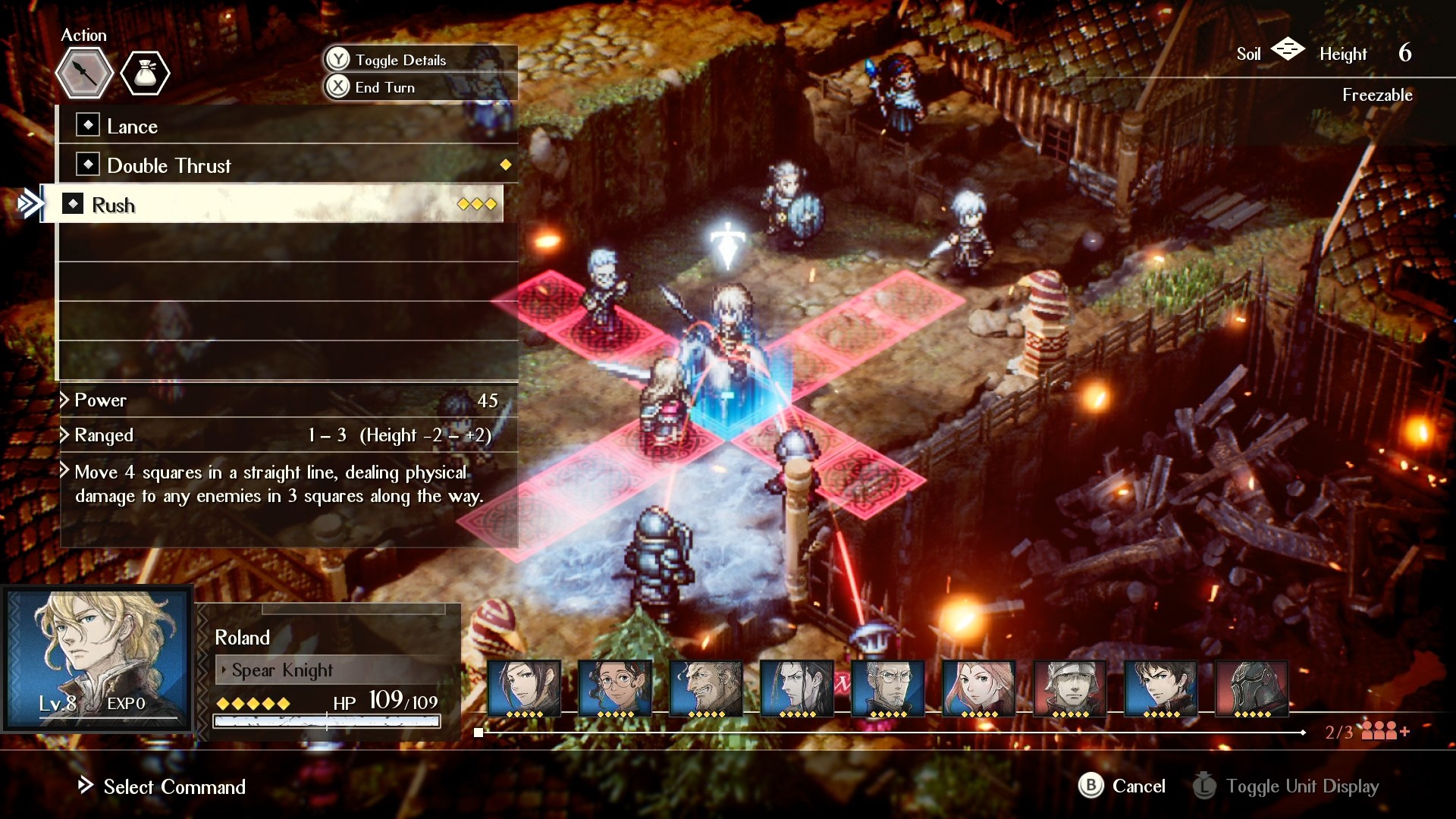 Still, that hasn’t stopped us from going back to Norselia after finishing the first game after about 30 hours of play (it can be more or less if you use fast-forward if you skip side conversations if you dwell too much on the investigations…) since Triangle Strategy clearly wants you to give it at least one more turn by making other decisions, for which it puts several playable systems on the board to make it more bearable. In doing so, you not only visit new settings, meet other characters, alternate dialogues and see alternative points of view of the conflict, but you also become aware of the circular structure of the script., how phrases that you hadn’t paid much attention to in the first round have another meaning when you already know certain facts.
Still, that hasn’t stopped us from going back to Norselia after finishing the first game after about 30 hours of play (it can be more or less if you use fast-forward if you skip side conversations if you dwell too much on the investigations…) since Triangle Strategy clearly wants you to give it at least one more turn by making other decisions, for which it puts several playable systems on the board to make it more bearable. In doing so, you not only visit new settings, meet other characters, alternate dialogues and see alternative points of view of the conflict, but you also become aware of the circular structure of the script., how phrases that you hadn’t paid much attention to in the first round have another meaning when you already know certain facts.
An (almost) masterful combat
If we have spent so much time talking about the story and the narrative mechanics, it is not because the combat is in the background, far from it. However, indeed, those who expect a title that takes them continuously from combat to combat will come face to face with the fact that the visual novel part occupies more space in terms of hours of play than the battles (in the last chapters, yes, confrontations follow each other), even though these are very good and full of mechanics.
Anyone who has played a Fire Emblem, Final Fantasy Tactics or Tactics Ogre (the PlayStation version is also the work of Artdink) will soon understand the basics of the turn-based combat system: the scenarios are divided into grids, you have to keep in mind It counts the range of attacks and movements, and each unit has its weaknesses and resistances.
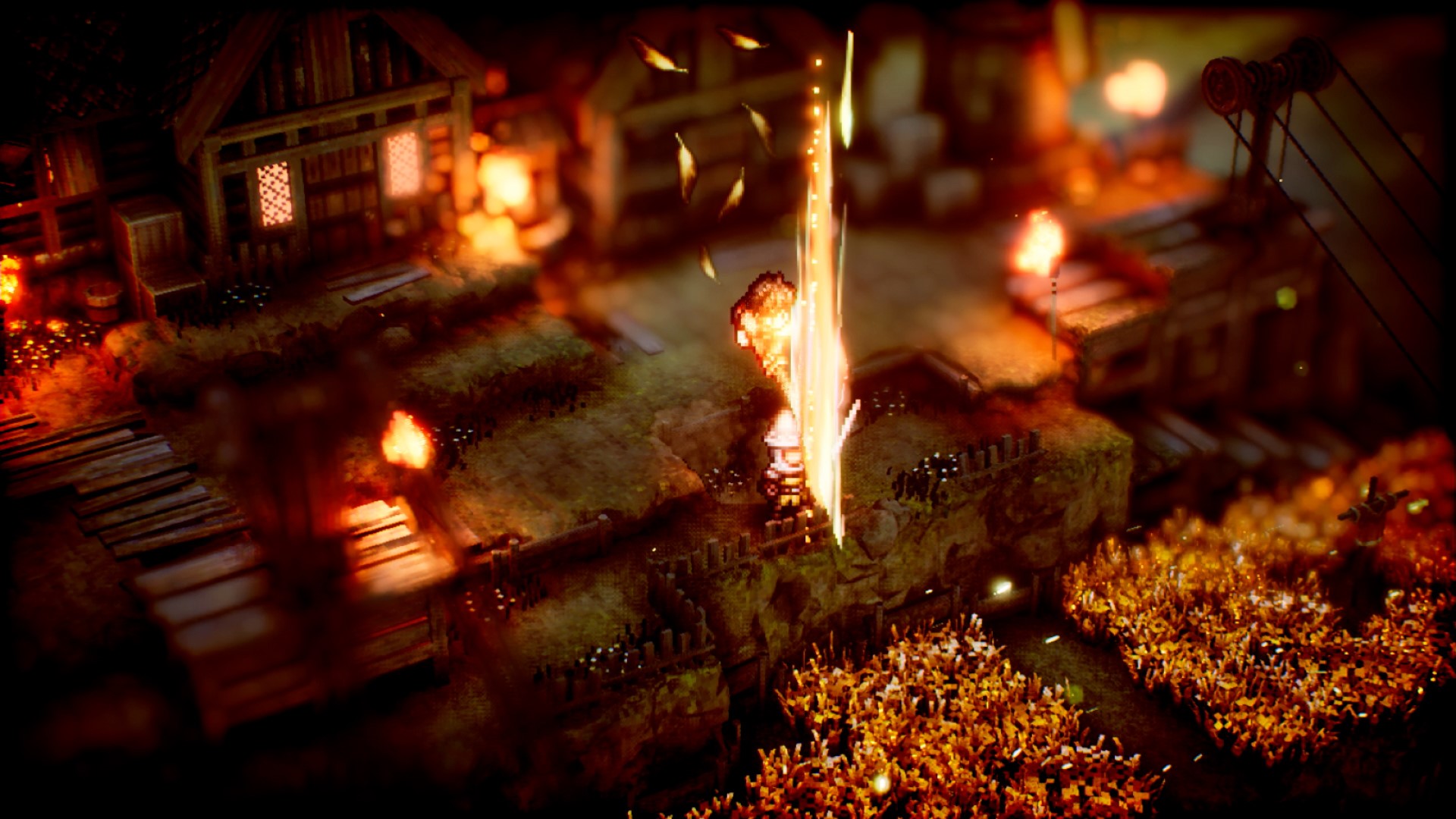 But while it starts relatively simple, it doesn’t take long to evolve and explain systems from the start. Verticality is very important, especially to increase the effectiveness of the units that attack with the bow and take advantage of the more agile ones to flee from the traps or provoke them. Attacks from behind are more forceful, and if an ally is in the opposite square, they will make a pursuit attack. There are charge attacks that move units, and if they hit another or against a wall, they take damage. Many of the spells hit all enemies in an area and, more importantly, interact with terrain .: Grass catches fire, water spreads electricity, and frosty ground decreases mobility.
But while it starts relatively simple, it doesn’t take long to evolve and explain systems from the start. Verticality is very important, especially to increase the effectiveness of the units that attack with the bow and take advantage of the more agile ones to flee from the traps or provoke them. Attacks from behind are more forceful, and if an ally is in the opposite square, they will make a pursuit attack. There are charge attacks that move units, and if they hit another or against a wall, they take damage. Many of the spells hit all enemies in an area and, more importantly, interact with terrain .: Grass catches fire, water spreads electricity, and frosty ground decreases mobility.
All this becomes more complex while more things have to be considered; as we recruit allies and armies (combats rarely have more than a dozen units per side), enemies are more diverse. Some characters place traps and ladders capable of summoning decoys that manage to confuse the troops so that they attack their allies, that can use healing items from a distance, that grant extra turns, that give technique points… Each character has his personality, usefulness and his reason for being on the battlefield, although it is also true that there are some more usable than others.
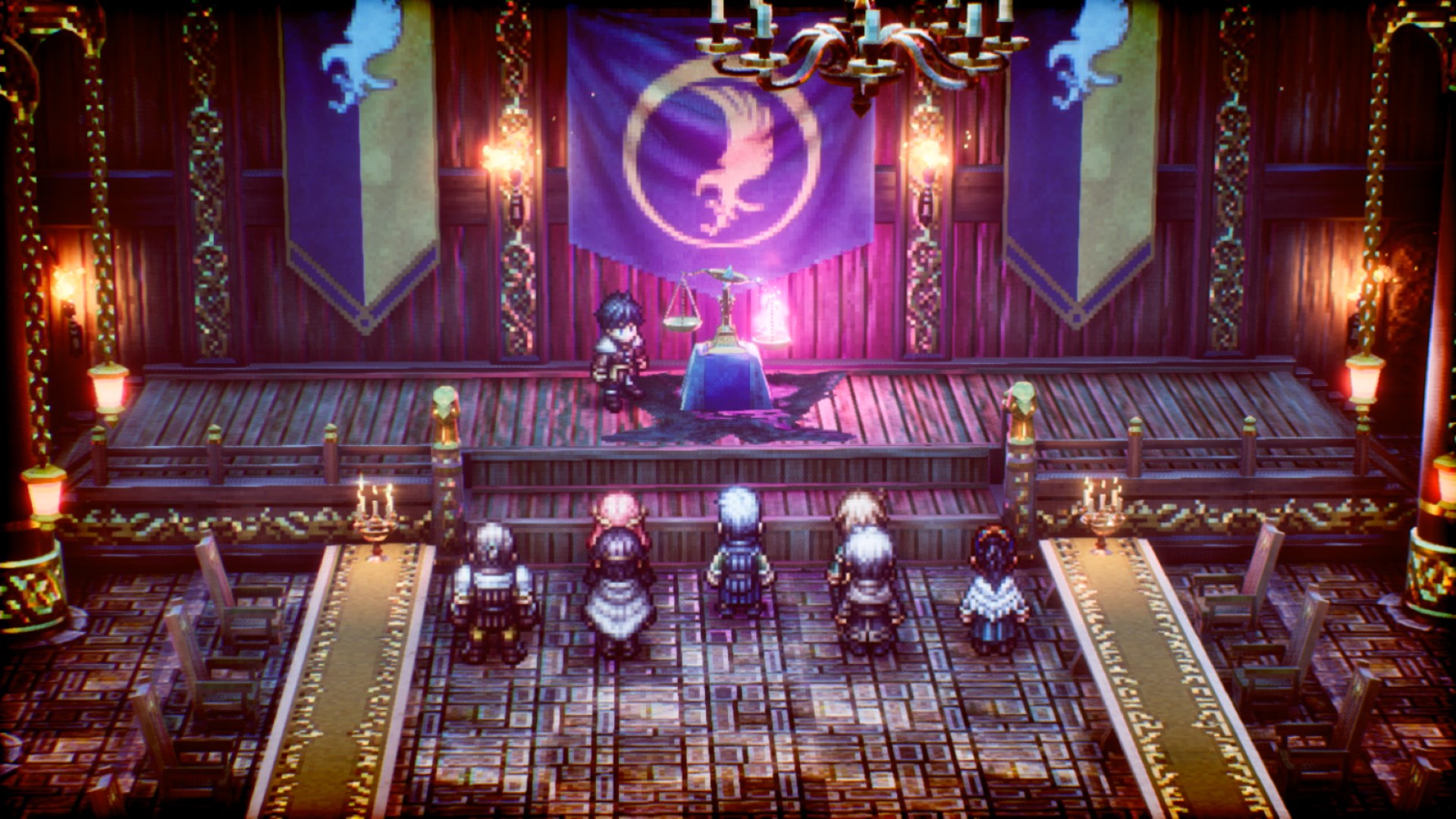 Most of the scenarios are very vertical and are not very diverse in aesthetics, and sometimes are even repeated with slight changes. Still, they constantly offer interesting mechanics: alternative ways of moving, narrow paths where authentic carnage can occur, barricades, multiple routes, objectives different from finishing off the enemy army, etc.
Most of the scenarios are very vertical and are not very diverse in aesthetics, and sometimes are even repeated with slight changes. Still, they constantly offer interesting mechanics: alternative ways of moving, narrow paths where authentic carnage can occur, barricades, multiple routes, objectives different from finishing off the enemy army, etc.
With all these systems in play, it creates great situations that make us feel like real strategists, like when we managed to position our units so that almost every attack resulted in a pursuit attack, or like that time we came back from a battle on the edge of defeat using the verticality of the stage, the potions and the synergies between characters with a head to survive with a handful of archers and magicians against an army that had taken almost all our troops ahead.
 Because Triangle Strategy is a title that in normal mode will make us retry more than one and two fights in normal mode (advice: don’t restart, because the experience is preserved), although whoever comes just for the story or wants an even greater challenge will be happy Know that there are four difficulty modes that you can switch between at any time. Of course, the combat system is not perfect either. The grid isn’t as clear as it should be, causing occasional bugs, and the cursor is a bit erratic. Sometimes, there are cat-and-mouse situations when the opponent has one or two units left, leading to soporific and somewhat silly moments.
Because Triangle Strategy is a title that in normal mode will make us retry more than one and two fights in normal mode (advice: don’t restart, because the experience is preserved), although whoever comes just for the story or wants an even greater challenge will be happy Know that there are four difficulty modes that you can switch between at any time. Of course, the combat system is not perfect either. The grid isn’t as clear as it should be, causing occasional bugs, and the cursor is a bit erratic. Sometimes, there are cat-and-mouse situations when the opponent has one or two units left, leading to soporific and somewhat silly moments.
Audiovisuals
Triangle Strategy is a beautiful game, furthering the HD-2D art style first released in Octopath Traveler and soon to be used again in Dragon Quest 3 HD-2D Remake. The sprites of the characters are detailed and, in certain cases, very expressive, and the illustration of each one of them (always at hand with the press of a button, something useful to remember who was this or that character that we had not seen for a few hours) is incredible. The scenarios, three-dimensional but with a pixelated style, are not many since the plot returns to the same environments over and over again, but they are full of details, especially city homes and closed spaces, carefully decorated.
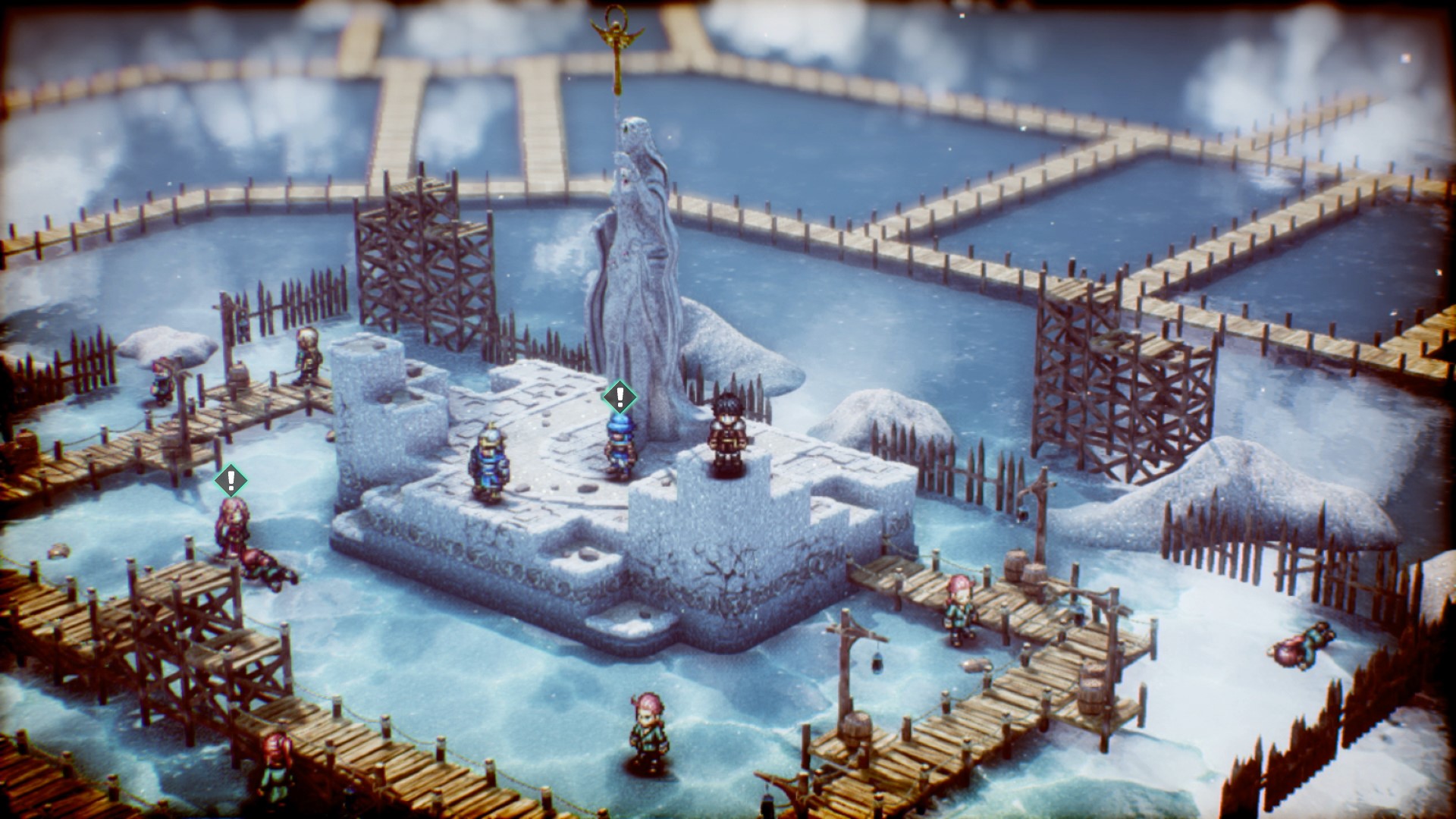 All this is surrounded by lighting effects, shadows and modern reflections: light entering through a stained glass window, electrical magic affecting puddles… However, there are glitches here and there. The environments, built as dioramas over the map of Norselia, can be rotated during battles and investigations. Still, the camera sometimes makes strange movements, the stages sometimes hide an enemy, and Serinoa’s free movement in exploration phases is somewhat inaccurate: it seems that it is floating around the stage.
All this is surrounded by lighting effects, shadows and modern reflections: light entering through a stained glass window, electrical magic affecting puddles… However, there are glitches here and there. The environments, built as dioramas over the map of Norselia, can be rotated during battles and investigations. Still, the camera sometimes makes strange movements, the stages sometimes hide an enemy, and Serinoa’s free movement in exploration phases is somewhat inaccurate: it seems that it is floating around the stage.
There are also contrasts in sound. The music by Akira Senju ( Full Metal Alchemist: Brotherhood, Mobile Suit Victory Gundam ) is fantastic, but the performances of the characters (except for the NPCs in the cities, every one of them is voiced in English ) are a bit forced: they seem taken more from a theatrical performance than from an audiovisual work.
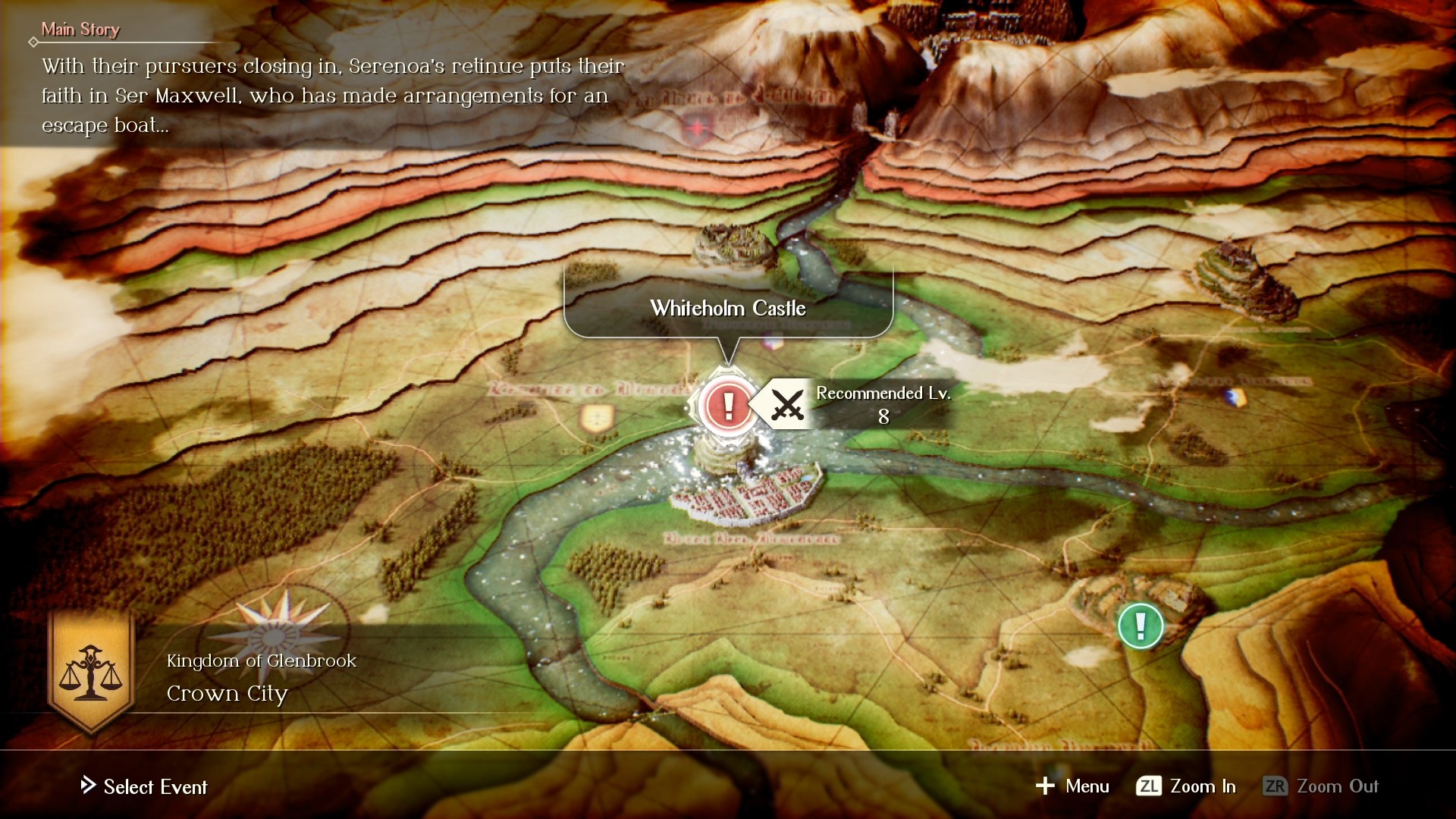 Final Thoughts
Final Thoughts
Triangle Strategy has a deep combat system with enough variety of characters to let each player express themselves in battles. In the audiovisual, despite small errors here and there, it is beautiful for both the eyes and the ears. However, and without this being something much less negative, it is usually perceived more as a visual novel or conversational adventure with decisions than as a role-playing game with tactical combat. But go decisions. But go worldbuilding. It has made us become strategists at another level, beyond the battlefield. He has put the geopolitics of Norselia in our hands, sometimes making us betray our ideological convictions for a supposed greater good, for an apparently hopeful future or because our allies have requested it. He has made us have the power, and as always happens in these stories, he has forced us to corrupt ourselves by putting us between a rock and a hard place again and again. Despite its edges, whoever likes branching narratives, plots of conflicts between nations and/or SRPGs, will have a pleasant experience with the Artdink title.
We prepared this review with a digital review copy of the title provided by Nintendo.


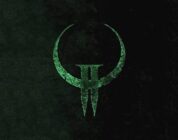
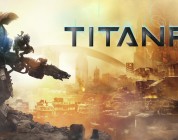
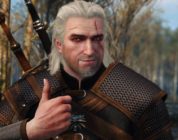

ytKAviLgB
ByojmzpbSKDkWtU
Janett
What an engaging read! The author did a great job breaking down complex ideas. It would be interesting to dive deeper into this topic. Looking forward to hearing everyone’s thoughts. Click on my nickname for more engaging content!